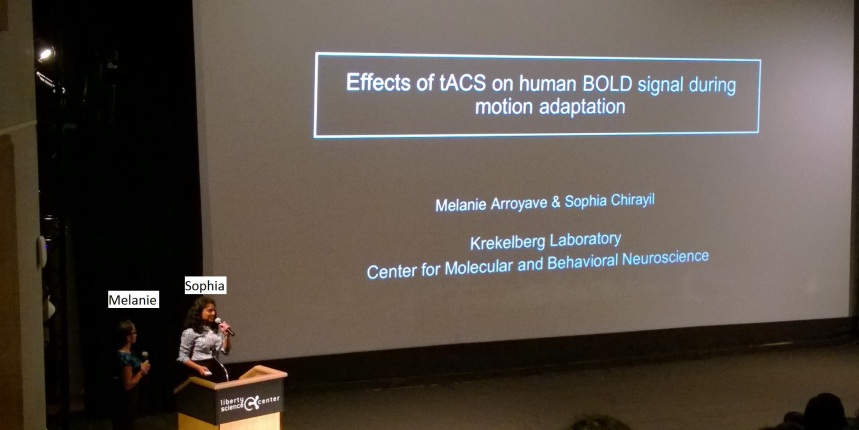Upcoming workshop @COSYNE 2019
Title: Challenges for deep neural network models of visual cognition: from incorporating biological constraints to predicting correlational and causal experimental outcomes.
Organizers: Kamila Jóźwik (kmjozwik@mit.edu) and Kohitij Kar (kohitij@mit.edu)

Workshop goals:
Deep convolutional neural networks (DCNNs) have revolutionized the modeling of visual systems. However, despite being good starting points, they do not fully explain brain representations and are not like a brain in many ways. DCNNs differ from the brain with respect to their anatomy, task optimization, learning rules etc. For instance, most DCNNs lack recurrent connections, are supervised learners, and do not have brain-like topography. Therefore, the next generation of models could benefit by incorporating the critical brain-inspired constraints. On the other hand, the model predictions need to be experimentally validated. A common trend is that experimental data collection and modeling are executed somewhat independently, resulting in very little model falsification, and thus — no measurable progress. Our main proposal is that the synergy and collaboration between computational modeling and experiments is critical to achieve success. The approach needs to be a closed loop; models predict experimental outcomes — experimental outcomes falsify models — better models with further experimentally derived constraints are built. We aim to list and discuss the challenges we face and the path forward in establishing this closed loop to solve visual cognition.
Why is it of interest?
We are finally at a stage in visual neuroscience, where computational models have progressed beyond toy-data descriptors to real predictive models simulating the one running in our brains. We need to capitalize on this success and start asking the hard questions demanding more stringent empirical tests to falsify current models and build better ones. This workshop sets the stage for both senior and early-career researchers to engage in a very objective discussion on what should be the next steps. The diverse group of invited speakers with varied scientific approaches will ensure challenging and interesting discussions.
Targeted participants: Neuroscientists working with different animal/computational vision models.
Date, time and other details — click here











